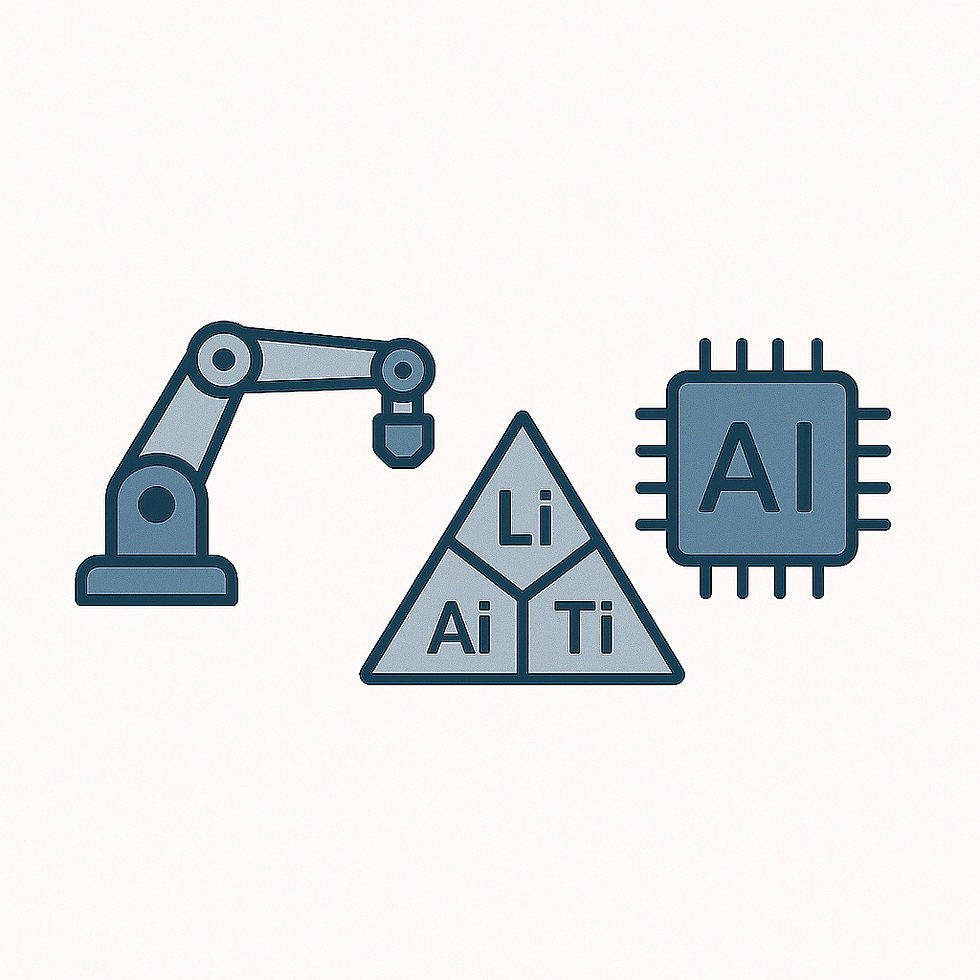Sheet Metal Fabrication 101: Your Guide to Common Processes
- Ahner Industrial

- Jun 20
- 3 min read

Sheet metal fabrication is a core process across a wide range of industries, from automotive and food processing to amusement rides and energy. Understanding the steps involved can help engineers, buyers, and plant managers better collaborate with fabrication shops and improve project outcomes. At Ahner Industrial, we see firsthand how a solid grasp of these processes can streamline production and ensure quality. This post breaks down the most common sheet metal fabrication steps, explained in a straightforward way.
Starting with the Basics: What is Sheet Metal?
Sheet metal isn't just any metal; it’s metal formed into thin, flat shapes. The thickness usually ranges from 0.01 to 0.25 inches, though it can vary depending on the application. Common materials include carbon steel, stainless steel, and aluminum. Each material offers unique properties – carbon steel is strong and cost-effective, stainless steel resists corrosion, and aluminum is lightweight – and the right choice depends on the finished product’s requirements.
The Fabrication Journey: From Raw Material to Finished Part
The sheet metal fabrication process typically involves several key steps. Let’s walk through them.
1. Cutting: Shaping the Initial Form
The first step is usually cutting the raw sheet metal into the desired shape. At Ahner Industrial, we primarily utilize two cutting methods: laser cutting and plasma cutting.
* Laser Cutting: This process uses a high-powered laser to precisely cut through the material. It offers exceptional accuracy and a clean edge, making it ideal for intricate designs and thinner gauges of material. Fiber lasers, the type we use, are particularly effective on reflective materials like aluminum and stainless steel.
* Plasma Cutting: This uses a focused beam of hot plasma to cut through thicker materials. It's often a more economical choice for heavier-gauge steel and simpler shapes.
2. Forming: Bending to the Will
Once the sheet metal is cut to shape, it often needs to be formed into a three-dimensional part. This is accomplished through bending, often using a press brake. A press brake uses a die and punch to bend the metal along a specific angle. We operate five press brakes at Ahner Industrial, including one capable of 350 tons and a 12-foot length, allowing us to handle a wide range of part sizes and complexities. The angle and shape of the bend are dictated by the tooling used in the press brake.
3. Joining: Welding and Beyond
Many sheet metal parts require multiple pieces to be joined together. We utilize several joining techniques at Ahner Industrial, and the best method depends on the materials, part geometry, and strength requirements.
* MIG Welding: (Metal Inert Gas) This is a versatile and common welding process used for joining carbon steel and aluminum. It uses a shielding gas to protect the weld from atmospheric contamination.
* TIG Welding: (Tungsten Inert Gas) Also known as GTAW (Gas Tungsten Arc Welding), TIG offers exceptionally clean and precise welds. It’s frequently used for stainless steel, aluminum, and other critical applications where weld quality is paramount.
* Robotic Welding: We have a robotic MIG cell, which allows for high-volume, consistent welding with increased precision and efficiency. This is especially valuable for repetitive weld patterns.
* Laser Welding: A focused laser beam is used to melt and join the metal parts. It’s suitable for a range of materials and provides a narrow, deep weld.
4. Finishing: The Final Polish
The final step is often finishing, which can include deburring (removing sharp edges), grinding, polishing, painting, or powder coating. Finishing protects the metal from corrosion and enhances its appearance.
Practical Tip: Clearly specifying your material choice, tolerances, and finish requirements upfront will help ensure that your sheet metal fabrication project meets your expectations and budget. Communicating your design intent to the fabricator during the quoting process can also prevent costly revisions later.
At Ahner Industrial, we are committed to a “made-right-first-time” quality culture. We combine our equipment capabilities with a knowledgeable team to deliver precise, reliable sheet metal solutions for a broad range of industries.
Request a quote to discuss your project and learn how we can help.
Talk to our engineers.




Comments